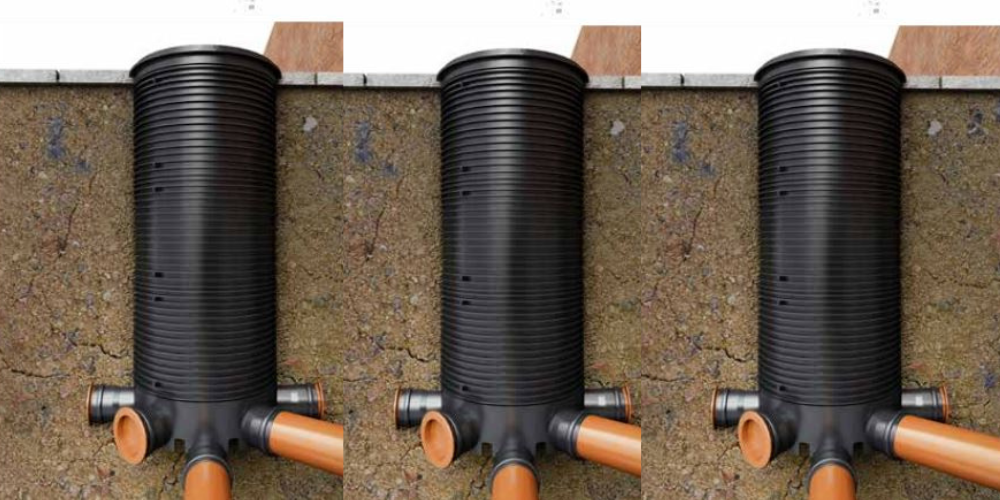Manhole chambers are used in a variety of applications to provide access to underground infrastructure, including pipes, cables, and other utilities. They provide a safe and secure way for workers to enter and exit the underground area and perform maintenance, repairs, or inspections.
Here are some common uses of manhole chambers:
- Sewer systems: Manhole chambers are often used in municipal sewer systems to provide access to pipes and other infrastructure for inspection and maintenance.
- Stormwater systems: Manhole chambers may also be used in stormwater systems to provide access to drainage pipes and other infrastructure.
- Electrical and telecommunications systems: Manhole chambers may be used in electrical and telecommunications systems to provide access to cables and other infrastructure.
- Water supply systems: Manhole chambers may be used in water supply systems to provide access to valves and other infrastructure.
- Industrial applications: Manhole chambers may be used in industrial applications, such as factories or processing plants, to provide access to pipes and other infrastructure.
In addition to these specific applications, manhole chambers may also be used in a variety of other contexts where access to underground infrastructure is required. For example, plastic manholes.
Overall, manhole chambers play an important role in maintaining and servicing underground infrastructure, and provide a safe and secure way for workers to perform inspections, maintenance, and repairs.
Is installing mahnole chmabers an expensive task?
The cost of installing a manhole chamber can vary depending on several factors, such as the size of the chamber, the depth of the excavation, the type of infrastructure being accessed, and the location of the project.
In general, installing a manhole chamber can be a significant expense. It typically involves excavation, site preparation, and installation of the chamber and any necessary supports or accessories. Additionally, there may be costs associated with obtaining any necessary permits or approvals from local authorities.
However, the cost of installing a manhole chamber may be outweighed by the benefits it provides, such as improved access to underground infrastructure for maintenance and repairs, which can help prevent costly emergencies and downtime.
To ensure that the installation of a manhole chamber is cost-effective, it is important to work with a licensed contractor or engineer who can provide guidance on the specific requirements and regulations in your area, as well as offer cost-saving solutions and options. They can also help you select the appropriate size and type of manhole chamber for your project, which can help optimize the cost of the installation while still meeting your needs for safe and efficient access to underground infrastructure.
Highlighted benefits:
- Compliance with regulations: Following standard installation, practices can help ensure that manhole chambers comply with local building codes, zoning laws, and other regulations. This can help avoid fines or other penalties for non-compliance.
- Cost savings: Properly installed manhole chambers can help avoid costly repairs or replacements due to damage or failure caused by improper installation.
- Longevity: Manhole chambers installed according to standard practices are more likely to have a longer lifespan, reducing the need for frequent maintenance or replacement.
- Environmental benefits: Proper installation of manhole chambers can help prevent leaks or spills of hazardous materials or pollutants, protecting the environment and surrounding ecosystem.
Moreover, following standard installation practices for manhole chambers can provide several benefits, including increased safety, improved functionality, compliance with regulations, cost savings, longevity, and environmental protection.
